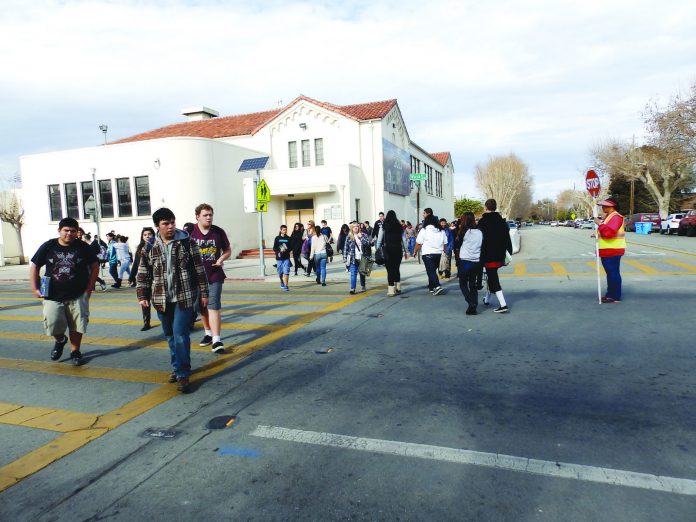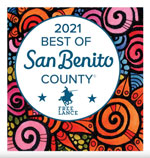With so much at stake pertaining to the possible closure of a Nash Road stretch during school hours, it is clear that city and San Benito High officials have to open further lines of communication on the issue.
It is also clear there were lacking lines of communication from Hollister officials’ side before a council meeting late last month where city leaders narrowly rejected the idea, which has implications on San Benito High School and the county as well. Hollister officials didn’t even bother to tell their counterparts at the high school district, whose superintendent was unaware the consideration was on the agenda, about the impending vote on a crucial matter affecting all three jurisdictions.
The idea from the high school would have closed the road between West Street and Monterey Street until a bypass could be built. As part of the agreement, the high school district would transfer nearby property to the county for its regional park idea. The county board earlier in the same day approved the idea on its end.
There are two opposing sides on the issue and both have reasonable arguments. Primarily, the high school district and its proponents want to close part of Nash Road during school in an attempt to help relieve congestion and ease safety concerns. On the other side, residents from neighboring homes on nearby streets expressed concern—and convinced a majority of council members to sympathize with them—about the potential for spill-off student traffic findings its way onto their blocks.
Since both sides and those they represent seem to have reasonable concerns, it’s incumbent upon the high school district and city to come together and have further discussions on the matter. As another facet of the consideration, the county is involved because the high school district needed its support for the closure as well. The county agreed to the closure, but was supposed to get land in return from the high school for that proposed park. It turns out the situation shows a big downside of deal making with taxpayers’ interests and money. One of the three government entities with something at stake was getting nothing out of the deal except a room full of angry constituents, so the council ended up rejecting its side of the proposal.
Mayor Ignacio Velazquez and Councilman Karson Klauer were in the minority on the decision. Council members Victor Gomez, Mickie Luna and Ray Friend were in the majority that opposed the idea.
Going forward, all three government entities should open lines of communication and find a solution that serves the community as a whole while addressing concerns from neighbors who have a right to voice them and be heard. Could an overpass ramp solve the problem? Does a temporary bypass even make sense?
These are the types of questions all sides should be discussing, with involvement from the public, before moving ahead on such an important matter.
59.6
F
Hollister
July 26, 2024








